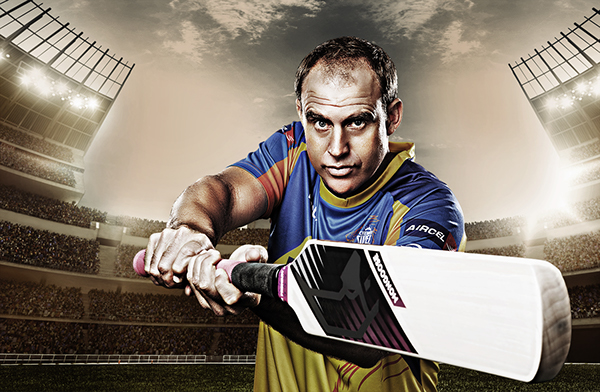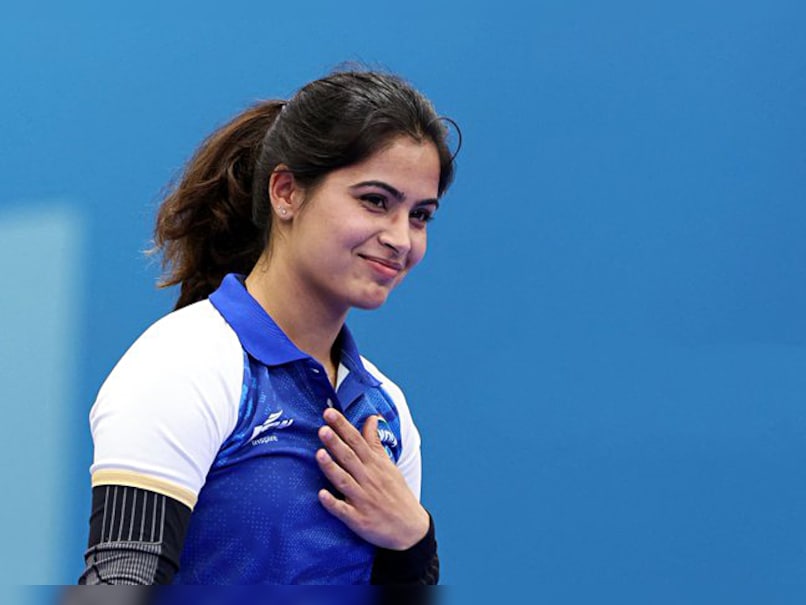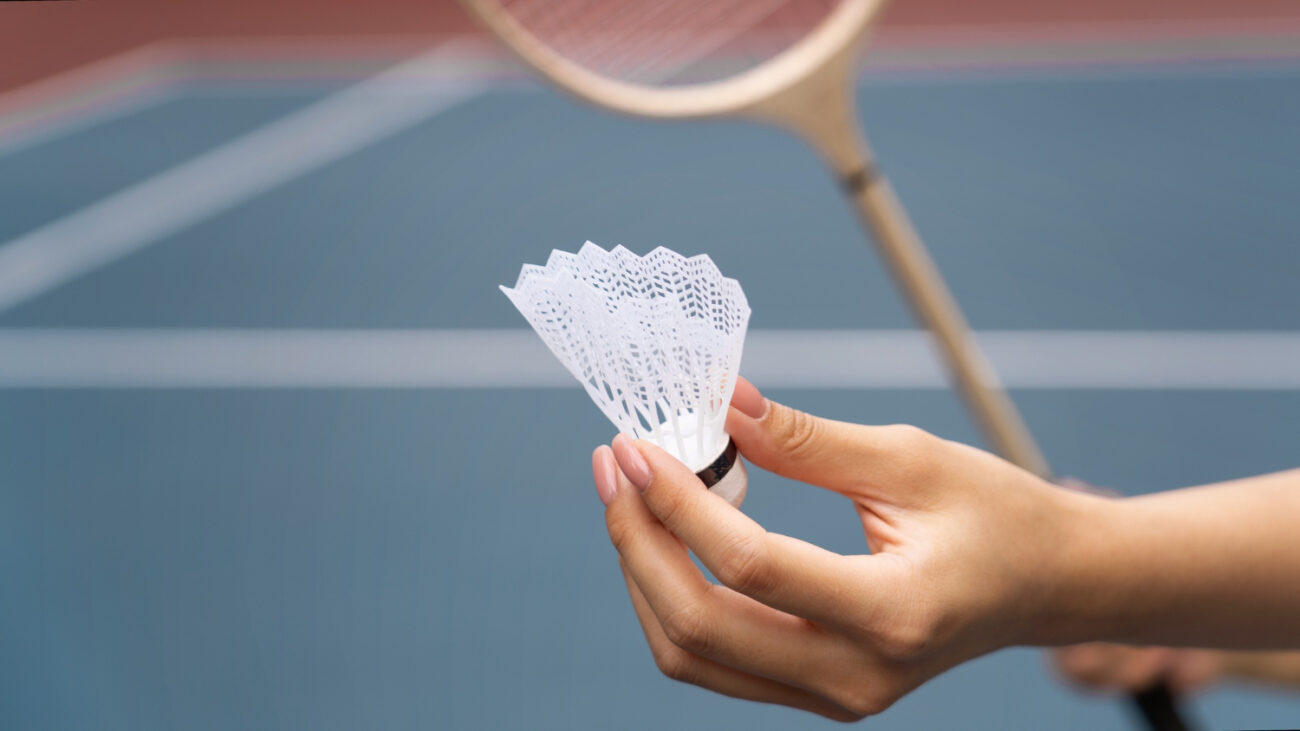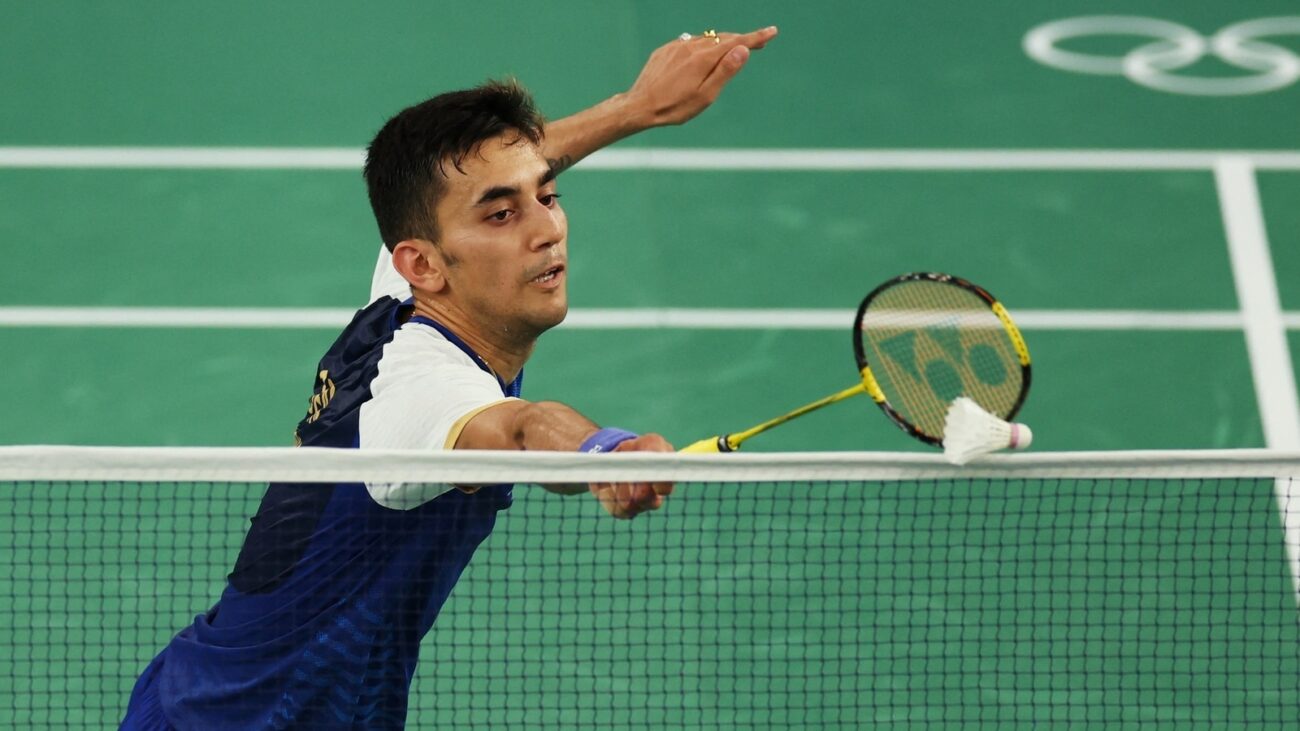Cricket, as a sport, has undergone significant evolution over the years, and one of the most essential tools of the game is the cricket bat. With time, there have been numerous innovations in the design and construction of cricket bats. However, some of these innovations have also been controversial due to their unique features. In this article, we will examine five such controversial cricket bats that may not be familiar to many people. We will explore the reasons behind the controversies they caused and the impact they had on the cricketing world. These cricket bats range from controversial materials to unconventional shapes and sizes, but all of them have undoubtedly left their mark on the sport.
5 controversial cricket bats that you didn’t know about
Painted Cricket Bats (2015)
Many cricket bat manufacturers resort to painting their bats to conceal lower-quality willow. By applying a coat of paint, manufacturers can effectively mask stains, knots, hard bars, and an even lower number of wavy grains in the wood. Another common tactic is to design stickers that are large enough to cover most of the willow, effectively hiding any blemishes or imperfections. While these practices are controversial, they have become increasingly common in the modern game of cricket, where the quality of the bat can make a significant impact on a player’s performance.
Interestingly, even professional cricket players who have access to high-quality willow have been known to use painted bats. Despite not needing to hide any imperfections in the wood, these players use painted bats purely for marketing and publicity purposes. It is unlikely that the paint has any effect on the bat’s performance, and therefore, the practice is purely a means of standing out from the competition and creating a unique image.
The practice of using painted cricket bats gained further attention during the ill-fated Stamford Cricket competition in the West Indies, where several players sponsored by Gunn and Moore were selected to participate. Although the bats themselves did not cause any issues, the tournament sponsor raised controversy over the use of painted bats. Despite this, the practice of using painted bats continues to be a popular marketing and publicity tool for both professional players and bat manufacturers alike.
In 2015, during the opening game of the Big Bash League (BBL), West Indies cricketer Chris Gayle created a stir by using a special gold-colored bat, which was flown in from India by his sponsor, Spartan. Gayle, known for his love of bling, used the bat to score 23 runs before being dismissed. The use of the gold bat sparked controversy, with reports circulating that the bat contained metal. However, Spartan Cricket denied these reports, stating that the gold coloring used in the bat did not contain any metal and that there were strict regulations on what materials could be used in cricket bats. Despite the controversy, the use of colored bats continues to be a popular trend in the modern game of cricket, with many players using them as a means of standing out on the pitch and generating publicity for themselves and their sponsors.
In the following year’s Big Bash League, Andre Russell of the Sydney Thunder used a black-painted Spartan cricket bat. However, his short stint at the crease was marred by controversy when the opposing wicketkeeper, Brad Haddin of the Sydney Sixers, noticed black spots appearing on the ball. Haddin later stated that if Russell had batted for a longer period of time, the discolored ball might have been difficult to see. Cricket Australia quickly took action and less than 24 hours after the game, they banned the use of colored bats that caused discoloration to the ball. This incident highlights the importance of maintaining the integrity of the cricket ball, which is essential for ensuring a fair and balanced game for both teams.
Indeed, while the controversy surrounding the discolored ball may have resulted in the ban on colored bats in the Big Bash League, the PR stunt by Spartan had already achieved its objective of generating publicity and getting people talking about their colored bats. In the world of sports marketing, sometimes even negative attention can be beneficial as it increases brand recognition and awareness. Nonetheless, the importance of upholding the rules and regulations of the game should always remain paramount.
Mongoose Short Blade MMi3 (2010)
The Mongoose bat was marketed as a game changer in cricket bat design, with high-profile players like Mathew Hayden, Mohammad Ashraful, Stuart Law, James Anderson, Andrew Symonds, and Marcus Trescothick endorsing it for a fee. However, it was nothing more than a marketing gimmick, despite claims of being a revolutionary product.
The Mongoose bat was marketed as a game-changer that would revolutionize cricket bat design, with high-profile players like Matthew Hayden, Mohammad Ashraful, Stuart Law, James Anderson, Andrew Symonds, and Marcus Trescothick promoting it for a small fee.

Creator: Aksonov | Credit: Getty Images Copyright: (c) Aksonov
While the claim that the Mongoose was a lighter bat was true, weighing in at an average of 2lb 6oz, the bat’s design made it feel much heavier, picking up like a 2lb 12oz bat. This made the bat lose its appeal.
So, despite the hype and endorsement from high-profile players, the Mongoose bat failed to make an impact in the market. While it claimed to have created a lighter bat, weighing an average of 2lb 6oz, the design made the bat feel heavier and lose its appeal. Even though it was popular for pick-up in shops, sales were disappointing, with one retailer reporting zero sales despite it being the most picked-up bat in the shop.
The Mongoose also faced a major issue with its super-short blade. Players had to adjust their technique as the blade was a third shorter than a regular bat. This caused them to miss the ball, get hit, or worse, nick off. It was difficult for players to switch back to a regular bat after using a Mongoose bat for a while, which made it impractical for professional cricket.
The lack of a unique selling point, combined with the practical issues of using a shorter blade, meant that the Mongoose bat was not as successful as initially anticipated. Despite endorsements from high-profile players, it was not long before they returned to using traditional length bats. With no significant advantage over other brands and a design that did not work in practice, the Mongoose brand eventually faded away from both the market and public attention.
Bat with a carbon graphite strip (2006)
During the year 2006, the cricketing community focused its attention on Ricky Ponting, the Australian captain, and his cricket bat. The reason for this scrutiny was a slender carbon graphite strip affixed to the back of the willow. The Marylebone Cricket Club (MCC) expressed apprehension to the International Cricket Council (ICC) about this strip, stating that it could confer an unfair advantage to the batsman by providing additional power to the bat.

Creator: WILLIAM WEST | Credit: AFP via Getty Images Copyright: 2005 AFP
Upon thorough examination of all available evidence, the Marylebone Cricket Club (MCC) reached a verdict that the use of the aforementioned bat with a carbon graphite strip was illegal. Additionally, the MCC also dismissed two other types of Kookaburra bats – the Beast and the Genesis Hurricane – which featured similarly colored graphite strips on the back of their blades. The MCC determined that the use of such enhancements breached the rules pertaining to the usage of cricket bats.
It is worth noting that Ponting had previously used the same bat with the carbon graphite strip to score a double century against Pakistan in a Test match played at Sydney during the 2004-2005 season.
Aluminium Bat (1979)
During the first Test of the Ashes series at Perth on December 15th, 1979, the Australian fast bowler Dennis Lillee made headlines by walking out to the middle with an aluminum bat. At the end of Day 1, Australia was in a difficult position, struggling at 232/8, with Lillee not out on 11. The following morning, he caused a stir by emerging from the pavilion with the aluminum bat in hand, surprising everyone who witnessed it.
Interestingly, Lillee had already used the aluminum bat once before, just 12 days earlier in a game against West Indies at Brisbane, where no complaints were made. On the second day of the Ashes Test, Lillee drove a delivery from Ian Botham down the ground and picked up three runs. However, Australian captain Greg Chappell believed that the ball should have gone to the boundary and immediately instructed 12th man Rodney Hogg to hand Lillee a traditional bat. Despite this, Lillee was adamant and chose to continue playing with his aluminum bat.
As play continued, England captain Mike Brearley began to voice his concerns about the damage being done to the ball and the constant stoppages in play caused by Lillee’s use of the aluminum bat. In response, Chappell decided to put an end to the controversy by personally entering the field and presenting Lillee with a traditional wooden bat. Lillee, clearly frustrated by the turn of events, threw the aluminum bat away in disgust and continued his innings with the wooden bat.
Monster Bat (1771)
Before international cricket began, a curious match was played between Chertsey and Hambleton teams in England on September 25th, 1771. During the game, a Chertsey team batsman named Thomas White unveiled a strange bat. While resembling a bat in form, this unique implement was unusually wide, fully covering all the stumps. This caused quite a stir and became a topic of discussion among cricket enthusiasts at the time.
As a result of Thomas White’s unusual bat, the Hambleton bowlers were unable to dismiss him, as the bat completely covered the stumps. This caused consternation among the Hambleton team, who lodged a formal protest and signed a petition. The protest was led by the team’s fast bowler, Thomas Brett. In response, a standard bat size of 4.25 inches was subsequently introduced for all formats of cricket, thereby preventing the use of oversized bats that could give an unfair advantage to the batsman.







